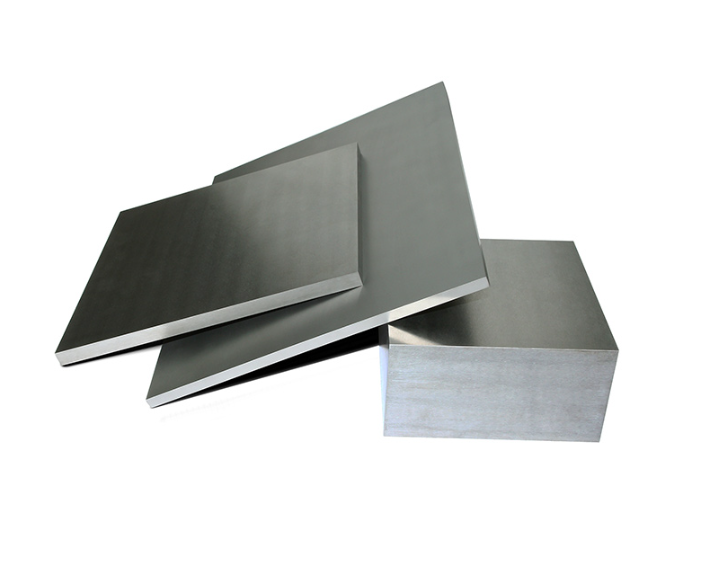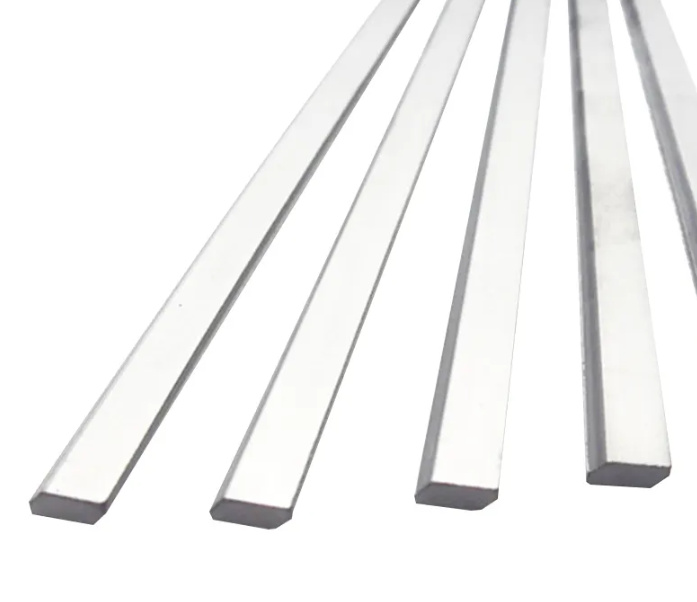무엇 카바이드 플레이트?
첨단 기술 연구소에나 있을 것 같은 초경판이라는 소재에 대해 자세히 알아봅시다. 하지만 이 소재는 제조업의 숨은 영웅입니다. 텅스텐 카바이드 플레이트라고도 하는 카바이드 플레이트는 다이아몬드를 제외한 거의 모든 재료보다 더 단단한 텅스텐 카바이드 분말로 만든 견고한 작은 짐승입니다. 이 플레이트는 뛰어난 내구성, 내마모성, 강한 열과 압력에서도 강도를 유지하는 능력으로 인해 금속 가공, 광업, 건설, 심지어 항공 우주와 같은 산업에서 널리 사용됩니다.
산업계의 튼튼한 갑옷이라고 생각하시면 됩니다. 단순한 금속 덩어리가 아니라 텅스텐 카바이드와 바인더(보통 코발트)를 융합하는 소결 공정을 통해 부식, 변형, 균열에 강한 화합물을 만들어내는 엔지니어링 제품입니다.
따라서 다음에 드릴이나 절삭 공구가 버터처럼 단단한 재료를 씹어 먹는 것을 본다면, 그 뒤에서 카바이드 플레이트가 작동하고 있을 가능성이 높습니다.
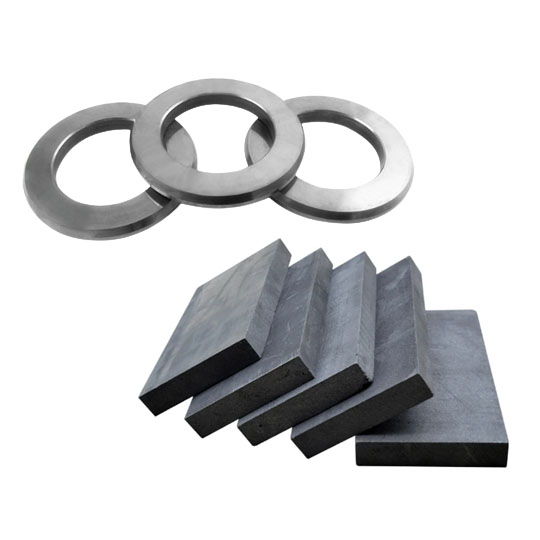
산업 표준의 중요성
카바이드 플레이트 제조에서 표준에 신경을 쓰는 이유는 무엇일까요? 제조업체는 작동하는 것을 만들고 하루를 끝내면 안 될까요? 품질, 안전, 일관성을 중요하게 생각한다면 그렇지 않습니다.
산업 표준은 전체 공정에 대한 사용 설명서와 같습니다. 독일, 중국, 미국 등 어느 곳에서 초경판을 만들든 예측 가능한 성능을 얻을 수 있도록 보장합니다. 이는 글로벌 무역, 제품 신뢰성 및 운영 안전에 중요합니다.
다음과 같은 도구를 사용하여 제트 엔진이나 석유 굴착 장치를 만든다고 상상해 보세요. might 압력을 받으면 산산이 부서집니다. 좋지 않죠? 바로 이 부분에서 이러한 표준이 빛을 발합니다. 보장합니다:
- 일관된 화학 성분
- 균일한 물리적 치수
- 경도 및 파단 인성과 같은 신뢰할 수 있는 기계적 특성
- 배치 간 성능의 반복성
표준은 단순한 관료주의가 아닙니다. 표준은 산업 품질 약속을 하나로 묶어주는 접착제입니다.
다음에 대한 공통 표준 카바이드 플레이트 제조
이제 주제의 핵심인 카바이드 플레이트가 충족해야 하는 표준은 무엇일까요?
1. ISO 513 - 국제 도구 분류
전 세계적으로 사용되는 ISO 513은 용도에 따라 카바이드 플레이트를 분류합니다: P(강철), M(스테인리스), K(주철), N(비철), S(내열 합금), H(경화강).
2. ISO 3327 - 소결 금속 탄화물 - 치수 및 공차
모양, 크기 및 허용 편차를 지정합니다. 이를 자 제작자가 사용하는 자라고 생각하면 됩니다.
3. ASTM B777 - 텅스텐 베이스, 고밀도 금속 합금 표준 사양
주로 방사선 차폐 및 항공 우주에 사용되는 고밀도 텅스텐 카바이드와 관련이 있습니다.
4. ANSI B212.15 - 카바이드 인서트에 대한 미국 국가 표준
절삭 공구에 사용되는 플레이트의 명명법, 기하학적 공차 및 권장 절삭 조건에 대해 설명합니다.
5. DIN ISO 3366 - 탄화물에 대한 ISO와 동등한 독일 표준
유럽 애플리케이션에 유용합니다. 소재 특성 및 내열성에 중점을 둡니다.
6. GOST 3882-74 - 경질 합금에 대한 러시아 표준
동유럽 및 독립국가연합 국가에서 여전히 참조되고 있습니다. 등급, 구성 및 열처리에 대해 설명합니다.
7. JIS B 4051 - 초경합금 재종에 대한 일본 산업 표준
내마모성 및 파단 인성에 대한 표준화된 명명법과 테스트 매개변수를 제공합니다.
8. GB/T 13865-2008 - 중국 국가 표준
카바이드 재료, 권장 사용 사례 및 테스트 절차에 대해 설명합니다.
9. SAE AMS 7876 - 텅스텐 카바이드의 항공우주 재료 사양
항공 부품에 중요하며 분말 구성 및 소결 공정을 지정합니다.
10. ISO 3290-1 - 정밀 볼 - 카바이드 볼 사양
주로 볼 베어링에 적용되지만, 이 ISO 표준은 유사한 기본 분말로 만든 구형 초경 부품에도 영향을 미칩니다.
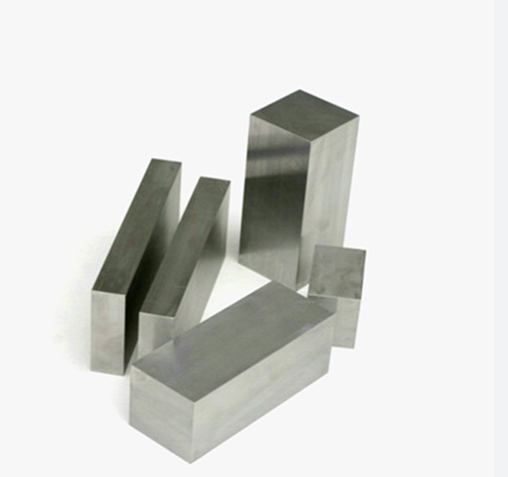
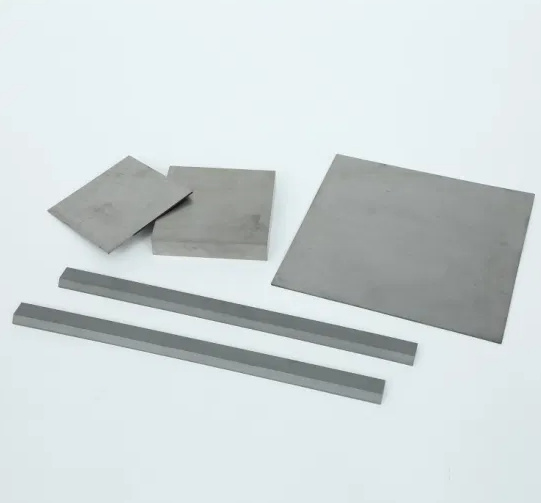
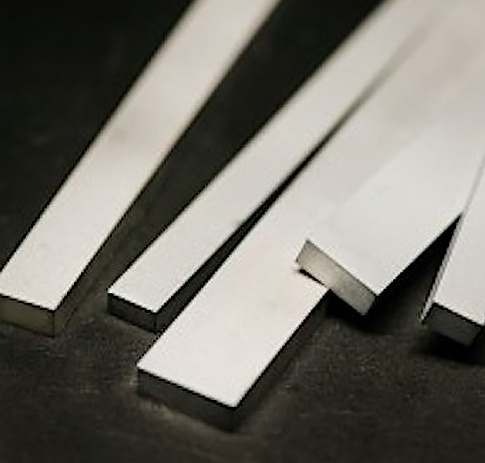
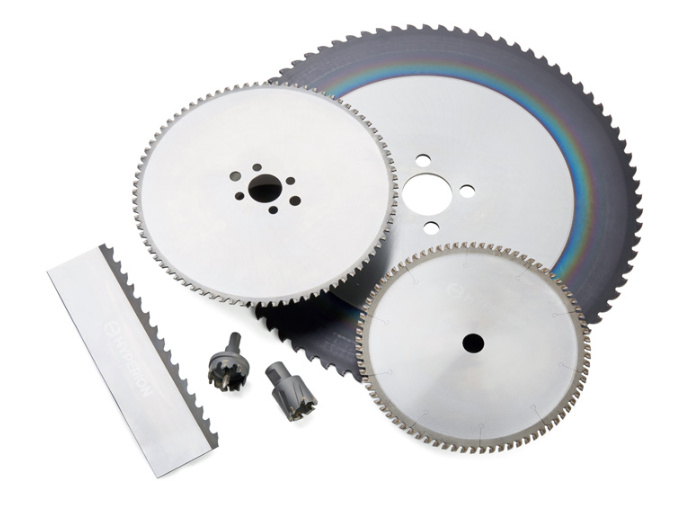
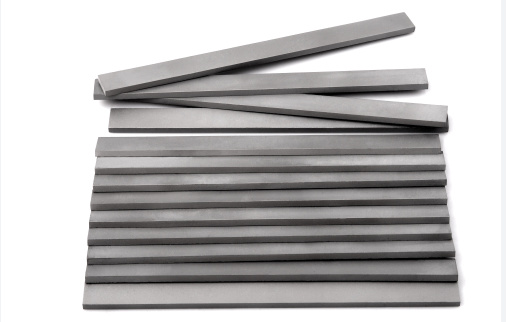
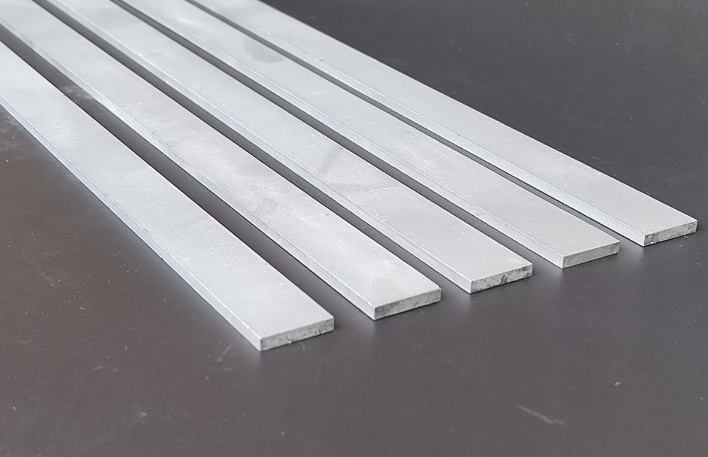
정의된 주요 매개변수 카바이드 플레이트 표준
아래는 국제 카바이드 표준에서 정의하는 가장 중요한 매개변수를 분석한 표입니다.
카바이드 플레이트 표준으로 정의된 기술 사양
| 매개변수 | 설명 | 중요한 이유 |
|---|---|---|
| 입자 크기 | 서브 마이크론에서 수 마이크론까지 범위 | 인성 대 경도 트레이드오프에 영향을 미칩니다. |
| 경도(HRA) | 일반적으로 86-94 HRA | 높을수록 내마모성이 높습니다. |
| 횡 파열 강도 | MPa 단위로 측정 | 스트레스에 의한 파손에 대한 저항력을 나타냅니다. |
| 밀도 | 14-15.5g/cm³(WC-Co 등급의 경우) | 바인더 콘텐츠와 전체적인 컴팩트함을 반영합니다. |
| 코발트 함량(%) | 4% ~ 30% 범위 | 코발트 함유량 증가 = 더 단단하지만 더 부드러운 플레이트 |
| 다공성 등급 | A(없음)~C(모공이 보임) 스케일 | 구조적 무결성 및 성능 수명에 영향을 미칩니다. |
| 자기 채도 | 바인더 위상 일관성을 감지하는 데 사용 | 품질 관리 지원 및 예측 가능한 동작 보장 |
| 열 전도성(W/mK) | 일반적으로 70-100 | 고속 공구의 열 관리에 필수적인 요소 |
| 탄성 계수(GPa) | ~500-700 | 강성을 반영하여 하중을 견디는 설계에 유용합니다. |
| 표면 마감 | Ra(미크론) 단위로 측정 | 코팅과의 호환성 및 정밀 피팅에 영향을 미칩니다. |
카바이드 플레이트 생산의 품질 관리 및 테스트
자, 이제 테스트에 대해 이야기해 보겠습니다. 아무리 좋은 표준이라도 아무도 준수 여부를 확인하지 않는다면 큰 의미가 없기 때문입니다. 카바이드 플레이트 품질 관리에는 다음이 포함됩니다:
- X-선 형광(XRF) 구성 확인
- 주사 전자 현미경(SEM) 입자 경계와 다공성을 관찰하기 위해
- 자기 포화도 테스트 를 사용하여 바인더 위상 변화 감지
- 초음파 테스트 균열이나 내부 공극을 잡기 위해
- 파괴적 테스트 (가로 파열 강도 등)을 벤치마킹하여 기계적 한계를 측정합니다.
신뢰할 수 있는 제조업체는 분말 혼합, 프레스, 소결, 마감 등 각 생산 단계에서 엄격한 검사 루틴을 통해 변동성을 없애고 장기적인 성능을 보장합니다.
신뢰할 수 있는 카바이드 플레이트 제조업체를 선택하는 방법
올바른 제조업체를 선택하는 것은 단순히 가격표만 따져서는 안 됩니다. 규칙을 준수하는 업체, 더 나아가 규칙을 뛰어넘는 업체를 원합니다. 좋은 업체를 고르는 방법은 다음과 같습니다:
- 인증: ISO 9001, ISO 14001 및 특정 산업 인증(예: API, 항공우주)은 녹색 깃발입니다.
- 일관된 테스트 보고서: 기계적 테스트 데이터를 요청하고 배치 간에 비교합니다.
- 재료 추적성: 모든 파우더의 출처를 알려줄 수 있나요?
- 맞춤형 엔지니어링 지원: 좋은 제품은 필요에 맞게 구도와 지오메트리를 조정합니다.
- 판매 후 지원: 명확한 보증 정책, 사용 안내, 재연마 서비스를 확인하세요.
- 글로벌 참조: 자동차, 광업, 항공우주 분야의 주요 업체들의 추천은 금과옥조입니다.
이 분야의 평판은 하루아침에 쌓이는 것이 아니라, 압박 속에서 만들어지는 것입니다. 카바이드 플레이트.

자주 묻는 질문
| 질문 | 답변 |
|---|---|
| 카바이드 플레이트는 무엇으로 만들어지나요? | 주로 텅스텐 카바이드 분말을 코발트와 같은 바인더와 혼합하여 모양으로 압축하고 고온에서 소결합니다. |
| 카바이드 플레이트의 가장 단단한 등급은 무엇인가요? | 코발트 함량이 낮은 초미립자 등급(예: ~4% Co의 WC-Co)은 93-94 HRA에 이르는 최대 경도를 제공합니다. |
| 모든 카바이드 플레이트는 자성을 띠나요? | 코발트 또는 니켈 바인더가 있는 경우에만 해당됩니다. 자성은 바인더 위상 품질을 감지하는 데 도움이 됩니다. |
| 플레이트가 ISO 표준을 충족하는지 확인하려면 어떻게 해야 하나요? | ISO 또는 ASTM 표준을 준수했음을 보여주는 재료 인증서 또는 독립적인 실험실 테스트를 요청하세요. |
| 카바이드 플레이트가 고장나는 원인은 무엇인가요? | 일반적으로 열 피로, 바인더 침식 또는 호환되지 않는 재료의 부적절한 사용으로 인해 발생합니다. |
| 카바이드 플레이트는 재활용할 수 있나요? | 네! 사용한 플레이트를 분쇄하여 새 플레이트로 재가공할 수 있는데, 이를 2차 소결이라고 합니다. |
| 코발트 비율은 성능에 어떤 영향을 미치나요? | 코발트 함량이 높을수록 더 단단하지만 덜 단단합니다. 코발트 함량이 낮을수록 단단하지만 깨지기 쉽습니다. |
| 입자 크기가 중요한 이유는 무엇인가요? | 미세 입자는 경도를 높이지만 인성을 감소시키고, 거친 입자는 그 반대의 역할을 합니다. 균형은 용도에 따라 다릅니다. |
| 중국산 카바이드 플레이트는 국제 표준을 충족하나요? | 특히 인증된 공급업체에서 제공하는 경우가 많습니다. 항상 규정 준수 문서를 요청하고 독립적인 테스트를 수행하여 보증을 받으십시오. |
| 카바이드 플레이트의 일반적인 수명은 어떻게 되나요? | 사용량에 따라 다르지만 마모가 심한 환경에서는 수개월에서 수년까지 지속될 수 있습니다. |

